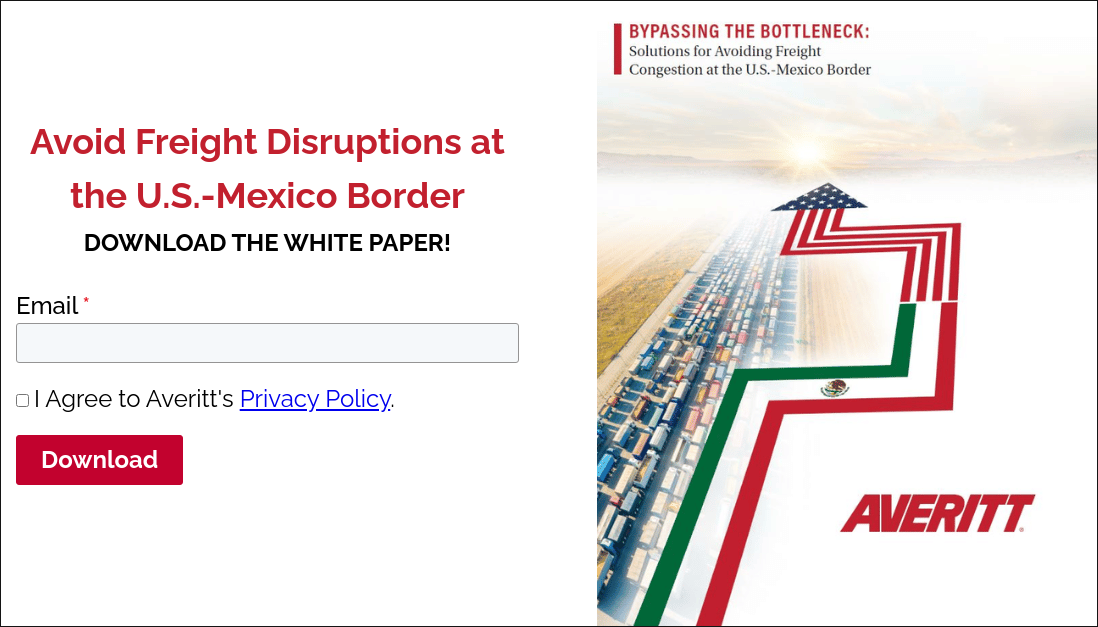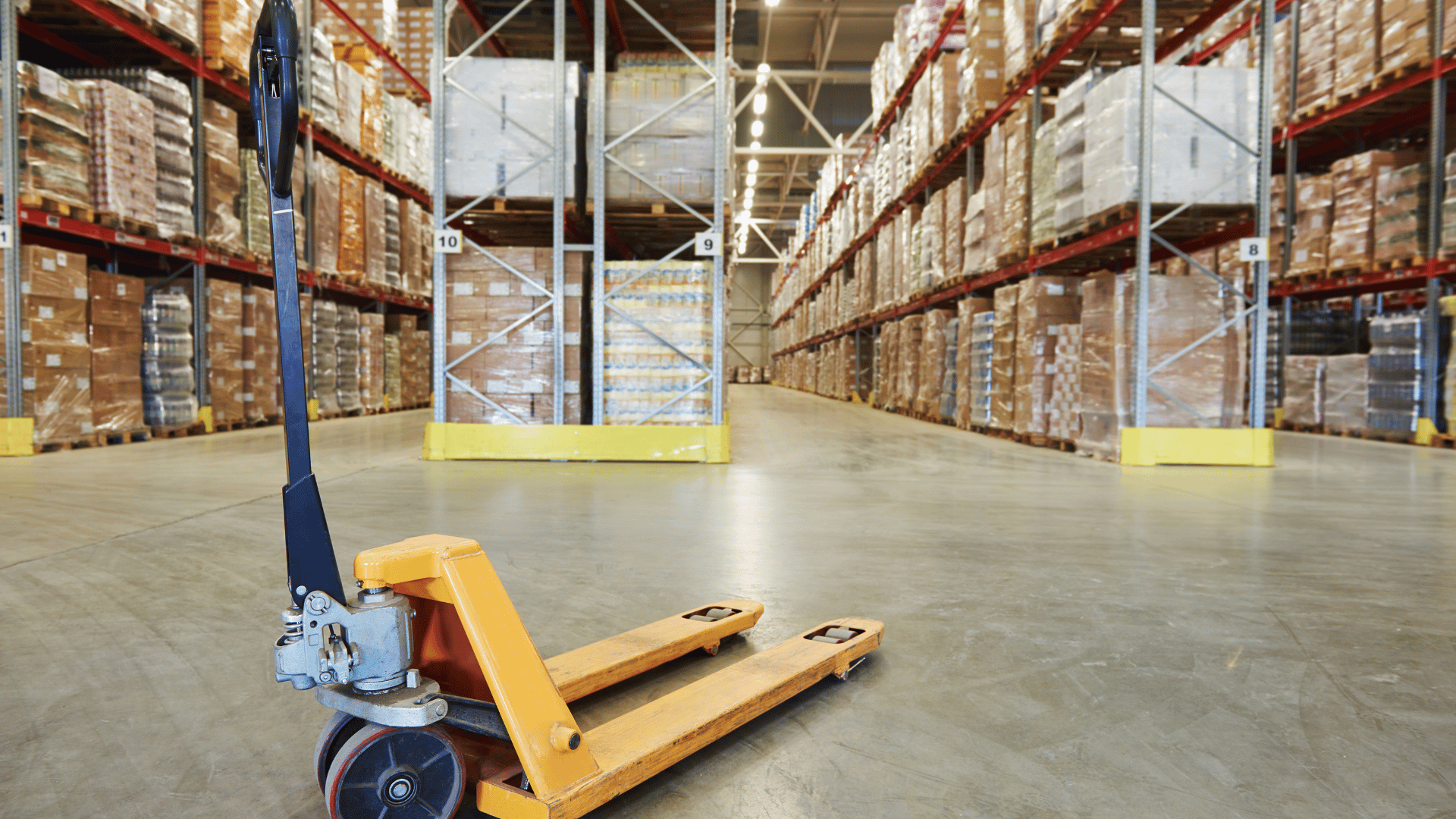In the rapidly evolving landscape of North American trade, businesses face a critical challenge: managing the increasing freight congestion at the U.S.-Mexico border. This bottleneck not only slows down operations but also adds significant costs.
Our latest white paper, "Bypassing the Bottleneck: Solutions for Avoiding Freight Congestion at the U.S.-Mexico Border," offers a comprehensive guide to overcoming these challenges.
Understanding the Congestion
The U.S.-Mexico border is a crucial junction for North American trade. With Mexico being the United States’ top trading partner, the surge in transnational traffic, propelled by the United States-Mexico-Canada Agreement (USMCA) and increased nearshoring/reshoring of manufacturing, has led to overloaded traditional lanes and significant delays. This congestion poses a considerable challenge for freight shippers and logistics providers.
Exploring the Solutions
Our white paper delves into innovative strategies to circumvent these issues. It discusses non-traditional alternatives such as:
- LTL Pool Distribution and Mini-LTL Strategies: Efficiently managing smaller shipments to reduce congestion and costs.
- Transloading at Border Towns: Utilizing a transfer method to streamline the movement of goods across the border.
- Ocean Shipping: Exploring sea routes as an alternative to land transportation, offering cost-effectiveness and less vulnerability to theft.
- Rail Freight: Leveraging the efficiency and capacity of rail transport for cross-border movement.
The landscape of international trade is constantly evolving, and staying ahead requires innovative thinking and strategic planning. Our white paper provides the insights and solutions needed to navigate the new challenges of U.S.-Mexico trade. Download the white paper now to unlock the full potential of your cross-border operations.










